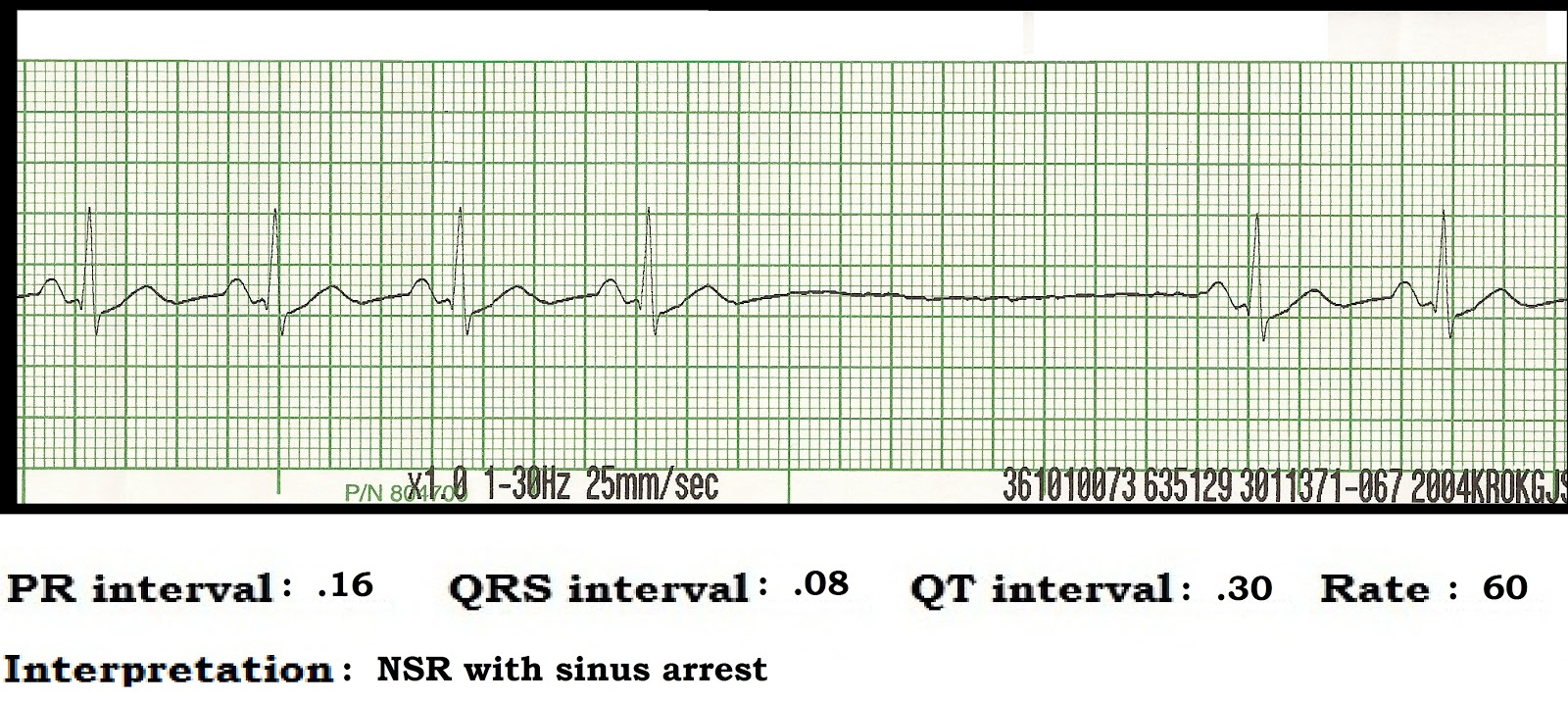
The present study aimed to perform an in-depth evaluation of left and right ventricular electrical resynchronization by HOT-CRT in patients without BBB correction by HBP, using a novel noninvasive ECG imaging system which measures epi- and endocardial activation (including the interventricular septum) ( 13). However, QRSd reflects total ventricular activation and may not be an accurate marker of LV synchrony. HOT-CRT may provide new treatment options in patients with atrioventricular (AV) block in whom fusion with intrinsic His-Purkinje conduction cannot be achieved otherwise. ( 12) showed in a feasibility study that His-optimized CRT (HOT-CRT) with synchronized LV pacing resulted in significant QRSd narrowing in patients without complete LBBB correction. However, HBP may not normalize conduction abnormalities or may only partially normalize conduction abnormalities in cases of distal BBB or the co-existence of intraventricular conduction delay (IVCD). ( 3) demonstrated by noninvasive epicardial electrocardiography (ECG) imaging that HBP was superior to BiV pacing for restoring LV synchrony in selected patients with LBBB ( 3). Overall, it has been reported that approximately 75% of patients with BBB have QRS duration (QRSd) narrowing with HBP ( 6, 9–11). ( 8) reported that the QRS complex may be normalized by pacing the distal His bundle in patients with left BBB (LBBB) ( 8).

In patients with BBB, the anatomic site of the conduction disorder is frequently located proximally within the bundle of His, with longitudinal dissociation of the conducting fibers ( 6, 7).
++interpretation.jpg)
Alternatively, His bundle pacing (HBP) has the potential to restore physiological activation by engaging the intrinsic His-Purkinje system. Multipoint pacing (MPP) combining right ventricular (RV) pacing and stimulation from 2 left ventricular (LV) sites may further reduce electrical dys-synchrony ( 5). Conventional CRT using biventricular pacing (BiV) results in the fusion of 2 nonphysiological wave fronts, leaving a substantial degree of residual dys-synchrony ( 3, 4).

Cardiac resynchronization therapy (CRT) has been the mainstay for treatment of heart failure (HF) in patients with reduced left ventricular ejection fraction (LVEF) and either bundle branch block (BBB) or need for frequent ventricular pacing ( 1, 2).


 0 kommentar(er)
0 kommentar(er)
